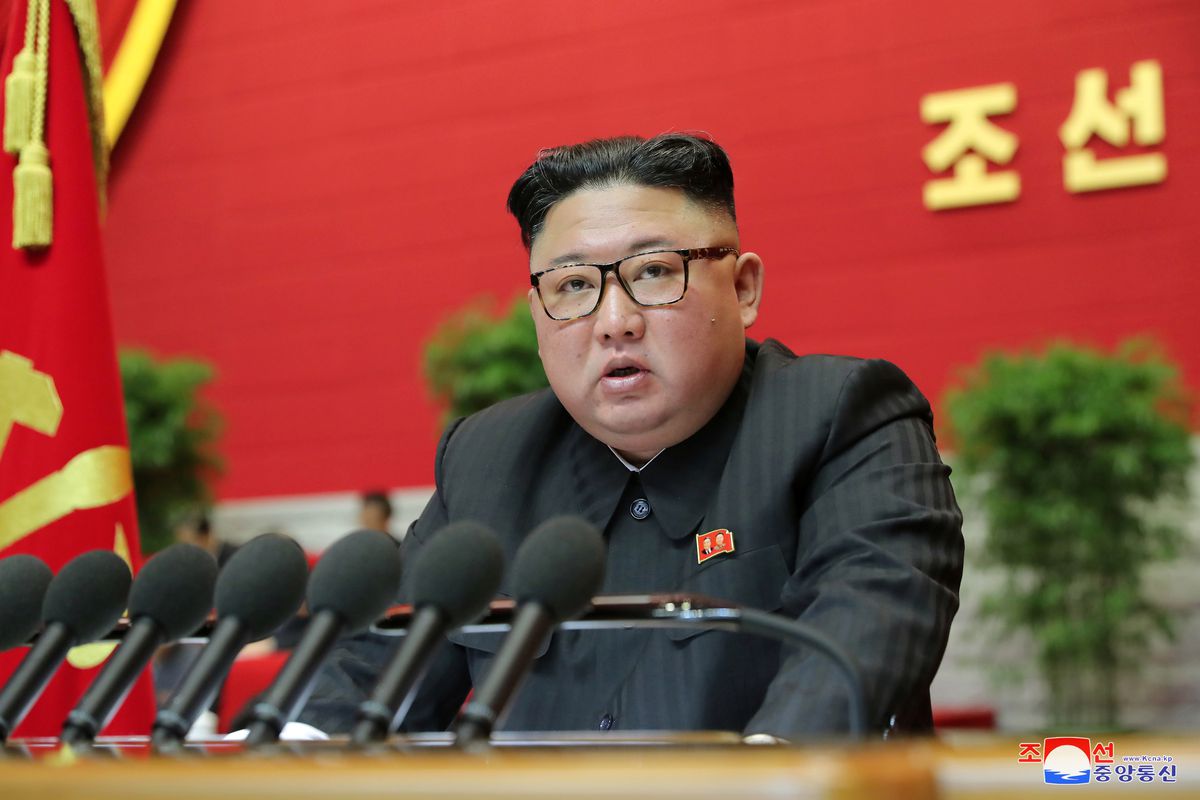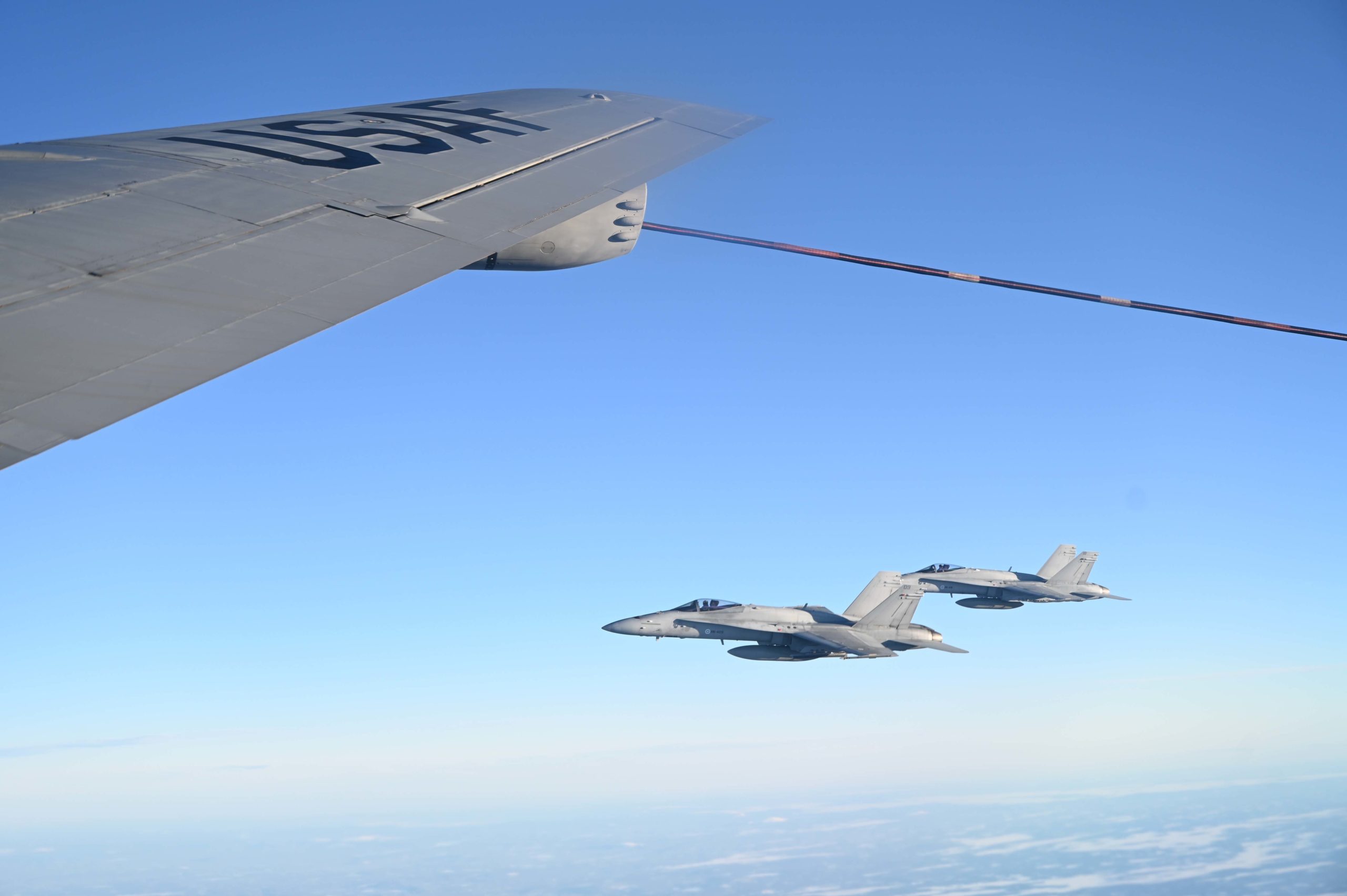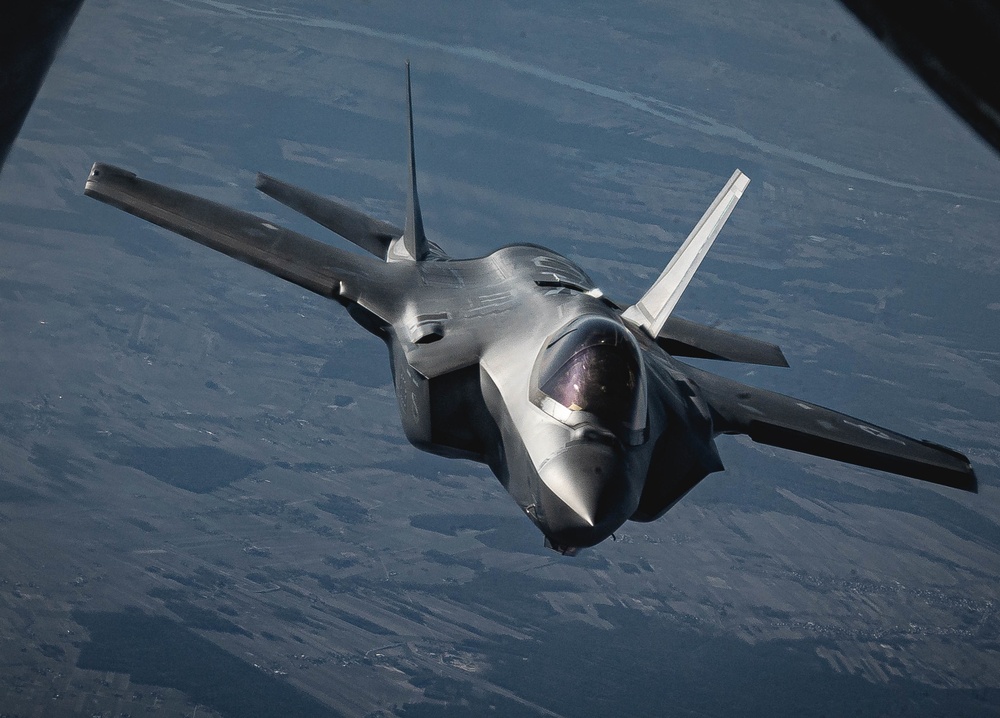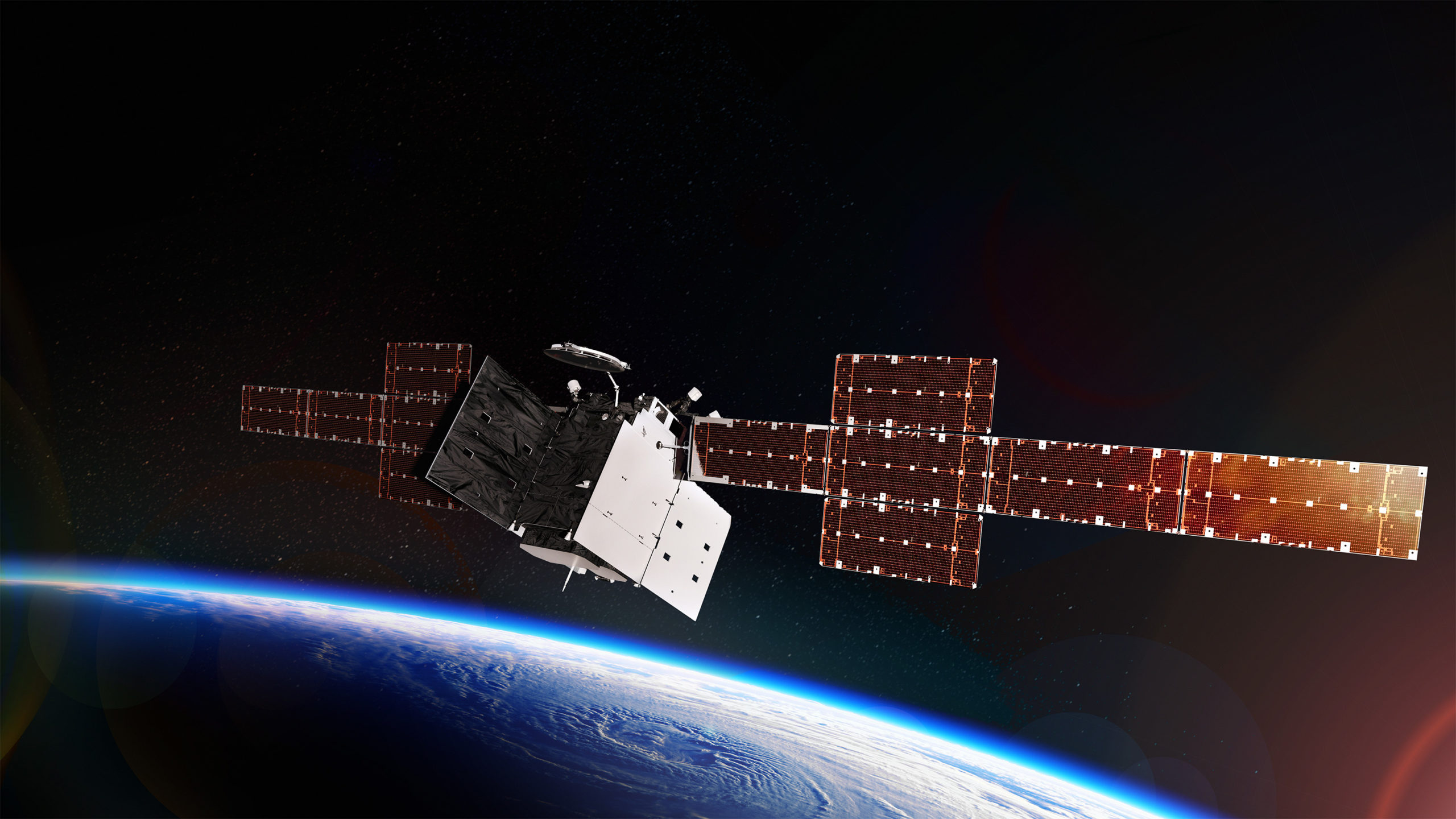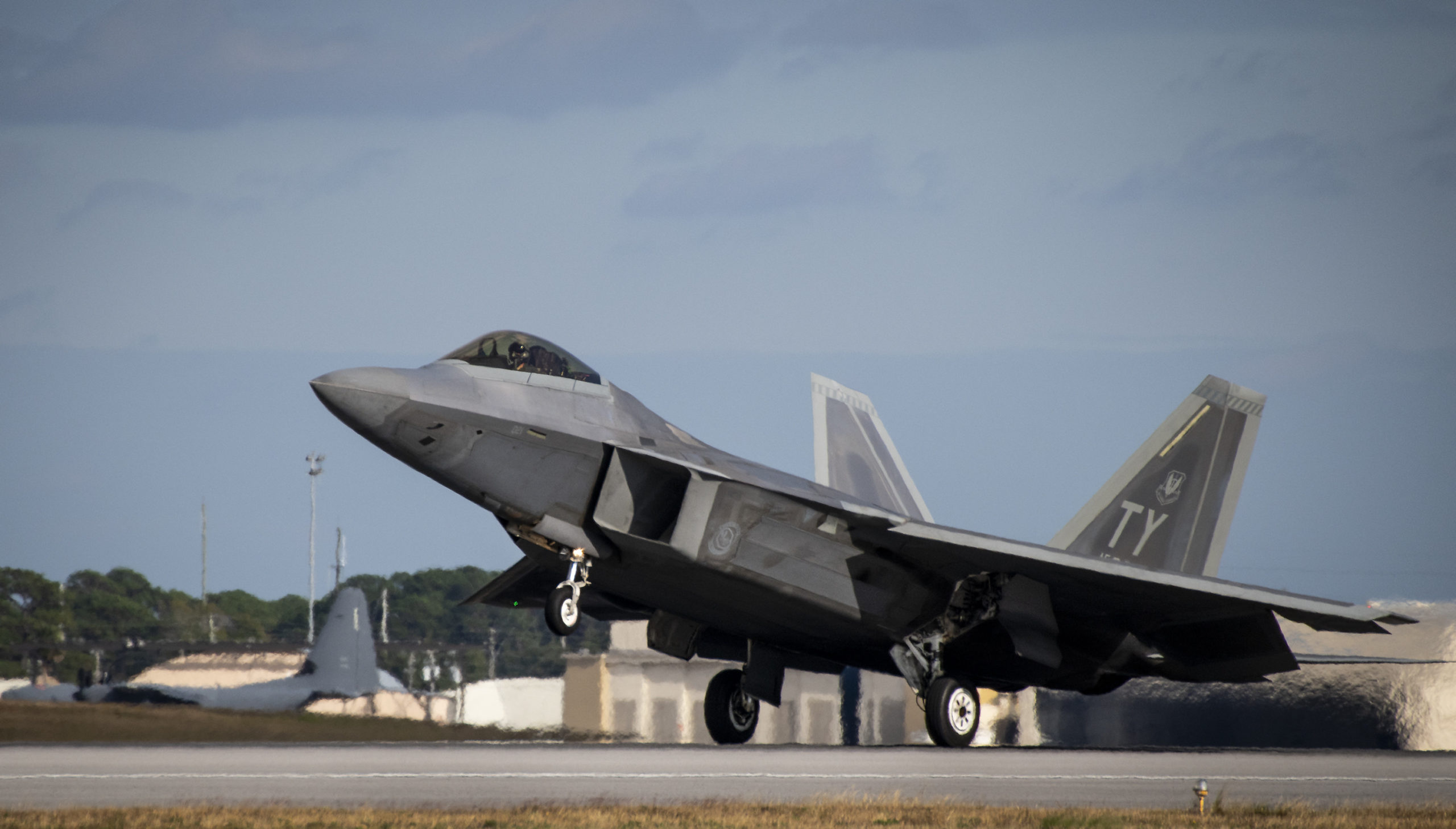North Korea test-launched a new intercontinental ballistic missile, officials from Japan and South Korea said March 24, marking North Korea’s first ICBM-range test in years and once again ramping up tensions in the region.
According to a release from the Japanese Ministry of Defense, the launch occurred early that afternoon local time, with the missile flying 71 minutes, reaching an altitude of more than 6,000 kilometers, and landing roughly 1,100 kilometers away in the waters off Japan’s western coast.
South Korea’s Defense Ministry later estimated the missile altitude at 6,200 kilometers and stated that South Korea had launched several missiles in response.
In 2018, the North Korean leader Kim Jong-Un declared a self-imposed moratorium on long-range missile tests. But in March, the Pentagon revealed that North Korea had twice tested a new ballistic missile system, on Feb. 26 and March 4. Although at the time press secretary John F. Kirby said that the tests “did not demonstrate ICBM range,” he warned they were likely intended to precede a full-range test in the future, “potentially disguised as a space launch.”
At that time, the Pentagon said U.S. Indo-Pacific Command would intensify its intelligence, surveillance, and reconnaissance efforts and increase its ballistic missile defense readiness.
On March 24, INDOPACOM released a statement, saying the latest launch “does not pose an immediate threat to U.S. personnel, territory, or that of our allies.”
“We are aware of the DPRK’s ballistic missile launch today and are consulting closely with the Republic of Korea and Japan, as well as other allies and partners. The United States condemns these actions and calls on the DPRK to refrain from further destabilizing acts,” the statement adds.
The White House also issued a statement, characterizing the launch as a “test of a long-range ballistic missile” and warning that “the door has not closed on diplomacy, but Pyongyang must immediately cease its destabilizing actions.”
In a March 24 Senate Armed Services Committee hearing, Sen. Jack Reed (D-R.I.) questioned U.S. Northern Command boss Gen. Glen D. VanHerck about his capacity to protect the homeland from a North Korean strike, citing “analysis of the flight path” showing that the missile could hit America.
“I’m comfortable with where we are today, based on the intelligence I have, with the current capabilities and capacity of North Korea,” VanHerck said. “Going forward, I do believe they could exceed my capacity and capabilities. That’s why it’s crucial to keep Next-Generation Interceptor on time or early. In my discussions with [Missile Defense Agency Director Vice Adm. Jon A. Hill], he’s confident right now that they’re on that path.”
The Pentagon awarded contracts to Lockheed Martin and Raytheon for the NGI program, which is scheduled to start fielding in 2028—VanHerck indicated during the hearing that it is possible it could be ready before then.
But the most recent developments from North Korea indicate a need to shore up the current Ground-Based Midcourse Defense system, VanHerck added.
“I am very concerned about my ability to pace the capacity of production that we assess and the capability that we assess the North Koreans continue to adapt to,” VanHerck said. “That’s why the funding for the service life extension program for the current ballistic missile defense capability is so crucial. Thank you for that funding. And that’s why Next-Generation Interceptor is crucial as well, because it will help both get after the additional capacity problems and the capability problems.”
